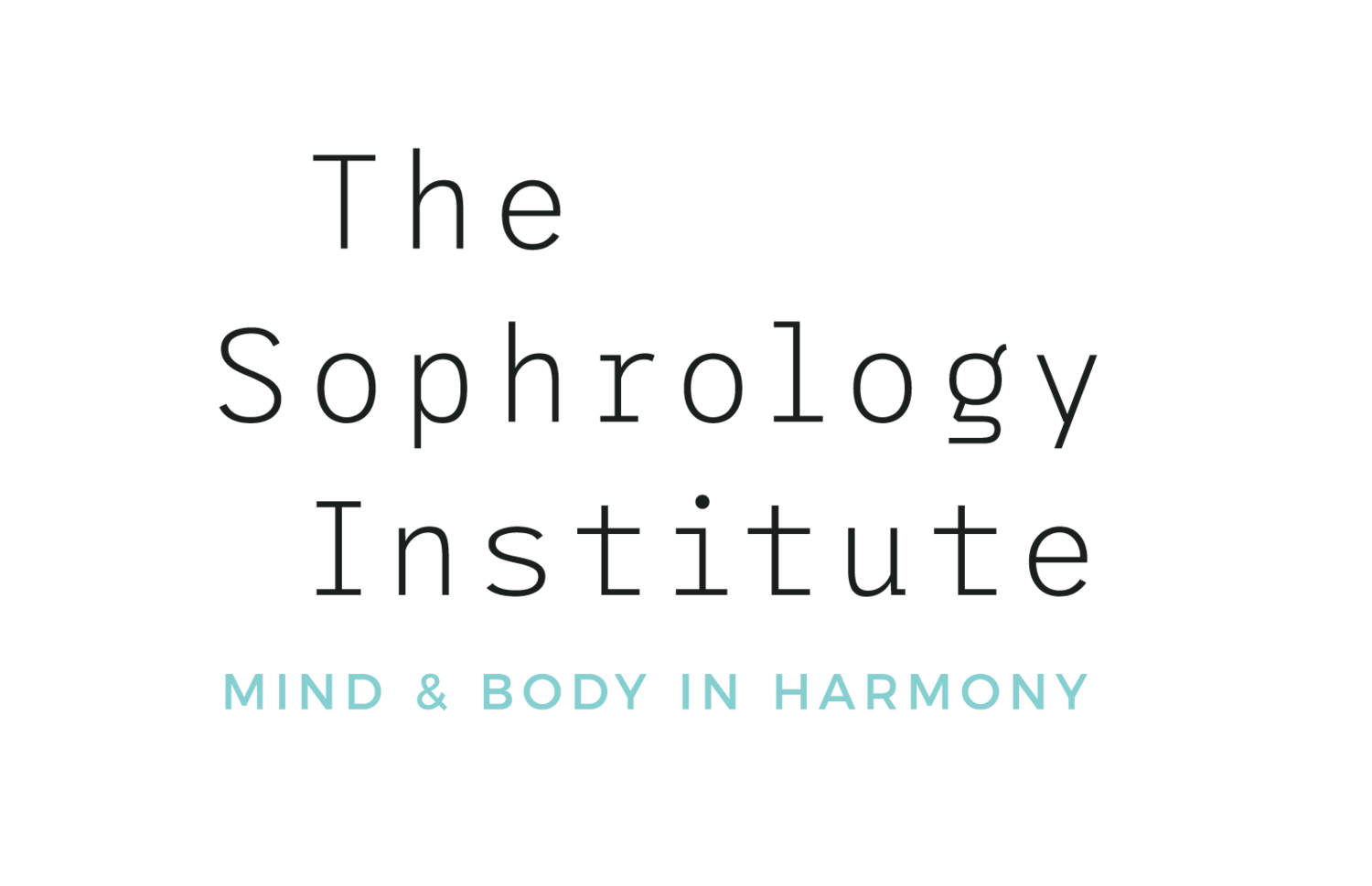Sophrology
Sophrology helps you achieve optimum wellness by calming and at the same time energising you.
What is Sophrology?
The term sophrology means, literally, ‘The Study or Science of Harmonious Consciousness’, and comes from three Greek words: sos (harmonious, serene) phren (consciousness) and logos (study, science). It’s a fusion of techniques drawn from modern western neuroscience and psychology with methods used by the ancient wisdom traditions of the east. Sophrology uses visualization, simple postures and physical movement, combined with attention to breathing and awareness, to deeply relax the body and mind, while also introducing a sense of vitality and stimulating the cognitive functions, such as memory, imagination and concentration. Inspired by Yoga, Buddhism, Zen, Neuroscience and Phenomenology, it offers a path of self-development as well as specific methods for improving the quality of life.
Can it help me?
Sophrology helps you achieve optimum wellness by calming and at the same time energising you. Using a range of simple exercises that include mindfulness, movement and visualisation, sophrology is a self-development training designed to make you feel and function better. It can also be used to alleviate specific problems, such as anxiety, stress and burn-out, sleep difficulties and phobias. The method has been used extensively in Europe for over fifty years, and recent discoveries in neuroscience have been incorporated into its practice. Sophrology offers a great way for you to easily gain a feeling of optimal well-being, to feel less stressed and anxious, and sleep more soundly. Practicing sophrology exercises for just a few minutes a day can help you develop your awareness and self-knowledge. It can help you meditate and approach life in a more trusting, positive, and confident manner. It can also help relieve you of the harmful effects of stress and anxiety. Sophrology has been in use in clinics, hospitals and schools for over fifty years in the French-speaking world to help alleviate the symptoms of chronic illness, to counter the effects of burnout and to increase resilience. it can also be used to optimise your life and develop your potential: to improve your academic performance, or your performance in sports or the arts, and many people also use it as a way of deepening their experience of being alive, in the same way that people use meditation, mindfulness, or yoga as an ongoing discipline to improve the quality of their life.
How does it work?
By using short exercises, usually ten minutes or less, you retrain your nervous system to respond differently to the world. As your body starts to relax, your mind becomes clearer and you start to trust in yourself and life more and more.
Is it like Mindfulness?
Sophrology incorporates many of the ideas of mindfulness, but its exercises are much quicker to perform, and they include movement: you are standing up and sitting down, tensing and relaxing, visualising and directing your attention and your breath in various ways. Many people find they just can’t sit still to focus their minds with mindfulness practices and find it hard to persevere. With sophrology, you have no opportunity to get bored, and you seem to get to the same level of healing and stress-reducing consciousness more quickly.
Who created it?
The neuropsychiatrist Professor Alfonso Caycedo (1932-2017), who researched a whole range of methods for developing human potential and relieving mental and physical suffering. After his medical and psychiatric training, he traveled in India and Japan, learning different meditation techniques. He studied hypnotism and yoga, and worked with the famous psychiatrists Viktor Frankl and Ludwig Binswanger, a colleague of Sigmund Freud, and founder of the school of phenomenological psychiatry. This approach to the human mind focuses on subjective experience, attempts to avoid imposing outside interpretations on it, and lies at the root of the more well-known person-centred and Humanistic psychotherapies. Professor Caycedo incorporated ideas and techniques from all that he had learned, to create sophrology’s system of ‘Dynamic Relaxation’. His genius lay in synthesizing all that he had discovered to create a simple and effective form of training. He, with the support of his fellow doctors who had also been working in sophrology since 1960, combined the discoveries of modern western medicine and psychology with tried and tested methods for healthy living drawn from the ancient wisdom traditions of the east. The result is elegantly simple, but with profound positive effects .
How do I try it out?
See the page on this site ‘The Book’ to try out some exercises. If you like them, have a look at the ‘Learn and Teach’ page to explore our courses, and see the Resources page for information on books and websites, or to find a sophrology practitioner.

